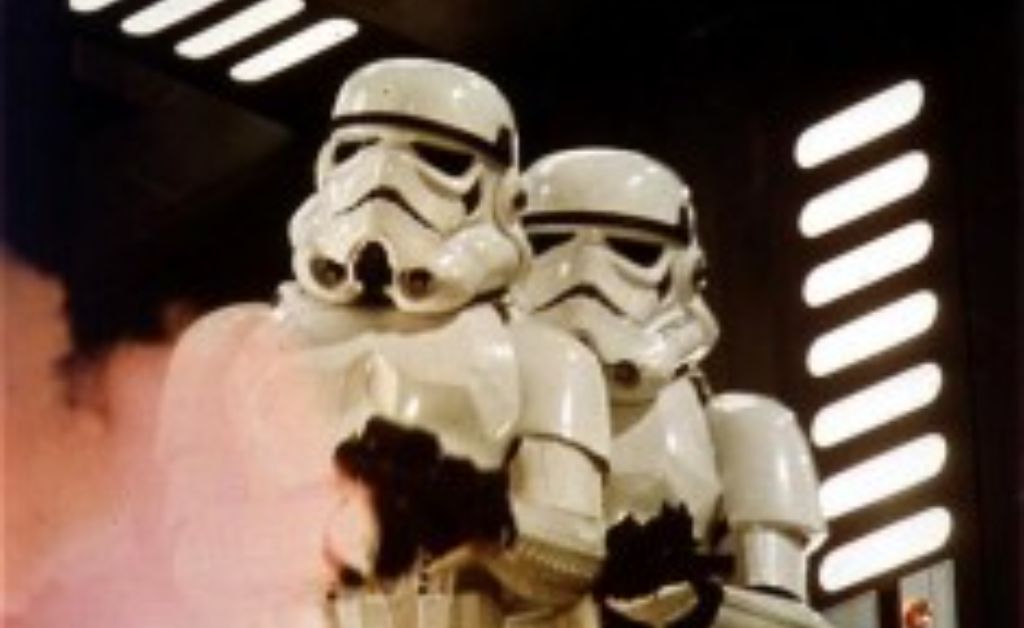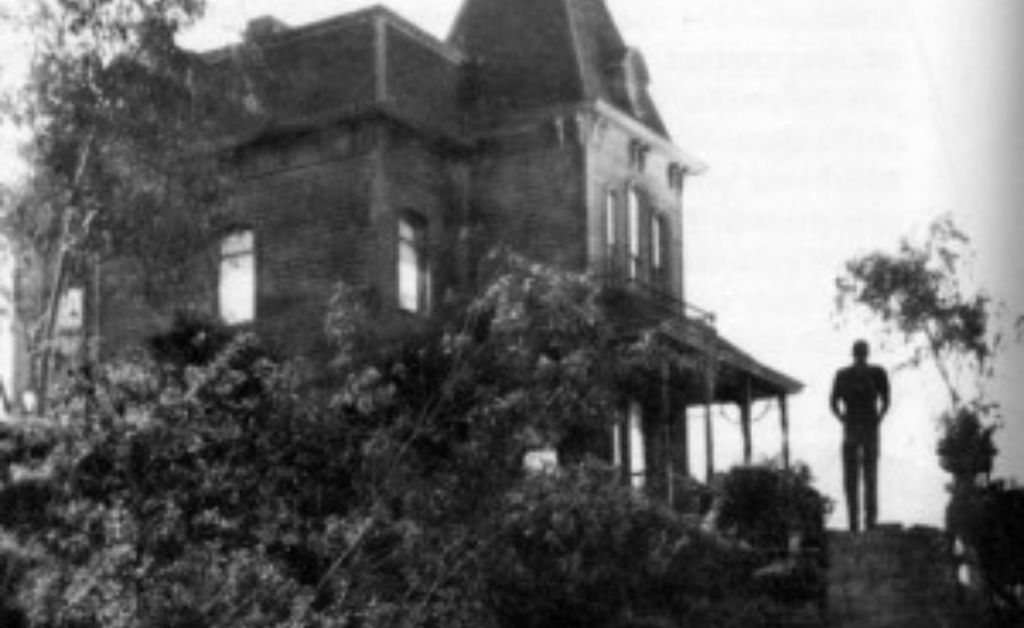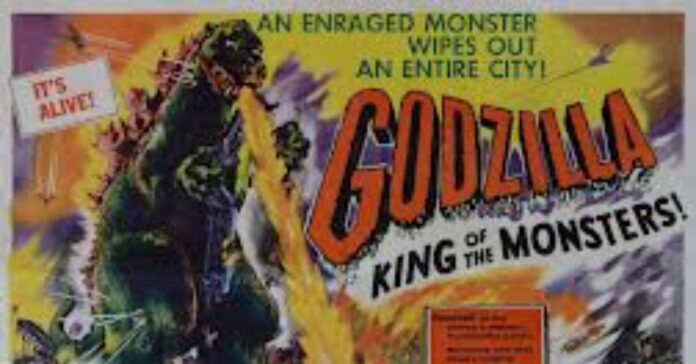“Godzilla, Luke Skywalker, Norman Bates and Me” is a whimsical journey through the realms of iconic characters and personal reflections.
From the towering presence of Godzilla to the heroic saga of Luke Skywalker and the chilling depths of Norman Bates.
This book offers a unique perspective on the impact of pop culture icons on the author’s life.
Godzilla, Luke Skywalker, Norman Bates And Me
In a lifetime filled with watching and adoring movies, numerous films have deeply moved me, influencing my perspective on the world.
However, the films that truly altered the course of my life are few and far between. Within this select group, I would include the movies from my childhood and teenage years that initially sparked my fascination with cinema.
Every movie enthusiast has cherished memories of exceptional viewing experiences from their youth, moments that transformed films from a casual pastime into a hobby or even an obsession.
For me, three particular films stand out, resonating with me at different stages of my life and laying the foundation for my future passion for and appreciation of cinema.

The earliest of these films I encountered was around the age of five. While watching children’s programming on TV, an advertisement aired for a late-night movie featuring a prehistoric monster attacking Tokyo, as the announcer excitedly proclaimed.
I was already captivated by dinosaurs, but the idea of watching a movie showcasing a living, breathing dinosaur had never crossed my mind.
The advertisement revealed glimpses of what appeared to be a dinosaur’s foot and tail, leaving me utterly astonished. It was a feeling I had never experienced before in my young life.
Immediately, I rushed to my parents, pleading with them to let me stay up and watch the dinosaur movie—the only opportunity to see it in those days before DVRs and video cassettes.
They compromised: I could go to bed at my usual bedtime, but they would wake me up at 11:00 PM to watch the movie.
As it turned out, the film was Godzilla, King of the Monsters. It impacted me profoundly; I became enthralled by monster and dinosaur movies.
As soon as I could read, I diligently scoured the TV listings for anything featuring dinosaurs, giant lizards, giant bugs, or giant apes.
At age eight, I stumbled upon Famous Monsters of Filmland magazine, which introduced me to the vast and diverse world of fantastic cinema waiting to be explored.
Moreover, it reassured me that I was not alone in my unconventional hobby; other boys and girls had similar interests.
Long before internet chat boards facilitated online fan communities, Famous Monsters fostered a sense of camaraderie among fans.

Reflecting on this, I can’t help but wonder if my parents would still have permitted me to stay up late that Saturday night had they known that a black-and-white Japanese monster movie would ignite a lifelong passion for cinema, especially for fantastic cinema.
I was 11 years old when another film significantly impacted me.
In the early spring of 1977, a Scholastic magazine mentioned an upcoming science fiction movie featuring actors unfamiliar to me except for Peter Cushing, whom I knew from Famous Monsters for his appearances in low-budget British horror films.
The accompanying photo, depicting two armored figures and what appeared to be pink gas, failed to impress me. I dismissed it as likely some cheap children’s matinee fare and promptly forgot about it.
However, a few weeks later, my father brought home an issue of Time magazine where my cousin, who typically had no interest in fantasy or science fiction, excitedly shared her experience of seeing the film with her classmates.
This piqued my curiosity; it must be something special if it appealed to her. Thus, I became determined to see this mysterious “Star Wars” movie.
Like many children of my generation, the film profoundly impacted me, as if I had taken my first step into a larger world, paraphrasing Obi-Wan Kenobi.
Its influence was manifold. Firstly, it introduced me to the space opera genre and prompted me to explore science fiction beyond just monster movies.
This led me to discover science fiction literature. George Lucas’ acknowledgment of Akira Kurosawa and his film The Hidden Fortress (1958) as an influence sparked my interest in foreign cinema, particularly Japanese cinema, which naturally evolved from my fascination with Godzilla and similar creatures.
The groundbreaking special effects of Star Wars also captivated me, prompting me to seek information on how they were created.
This led me to Cinefantastique magazine, where I encountered a more mature level of film writing than what I was accustomed to in Famous Monsters, and my understanding of film technique grew significantly.
The next transformative film experience occurred two years later when I was around 13. Alone at home one Saturday night, I tuned into Canadian television to watch a classic film I had never seen before Alfred Hitchcock’s Psycho.
Despite being aware of its reputation as one of the most frightening films ever made and knowing about the famous shower scene and twist ending from seeing it on the short-lived movie-themed game show Don Adams’ Screen Test, nothing prepared me for the 109 minutes that followed.
From the moment Janet Leigh’s character, Marion Crane, absconded with $40,000 in stolen money, I was on the edge of my seat.
I kept expecting commercial breaks to relieve the tension, but to my frustration, the CBC had opted to air the film uninterrupted.
When Janet Leigh undressed to enter the shower, I couldn’t bear the suspense and repeatedly turned the dial (yes, the TV still had a dial) for a brief respite, only to return to the scene a few seconds later.
This pattern continued until the scene concluded. By the film’s end, I was exhausted and exhilarated, realizing that Psycho was unlike any film I had experienced before.
Star Wars and the monster movies of my childhood provided thrilling spectacles, but Psycho offered a more profound emotional engagement.
I recognized that it wasn’t solely the writing and acting that contributed to this impact; Hitchcock’s camerawork and editing also played a significant role in evoking my reactions.
However, I was intrigued by how Hitchcock achieved this effect and why this film resonated with me more than others.
It felt akin to witnessing a masterful magic trick, and I was eager to uncover its secret.
Soon after, I stumbled upon Francois Truffaut’s renowned interview book with Hitchcock in a local bookstore.
As I pored over its pages in the store, I began to comprehend the artistry of filmmaking. I realized filmmaking wasn’t merely about capturing stories through photography, as I had naively believed as a child.
Instead, it involved using the tools of film technology for creative expression and evoking responses from the audience.
That day, my perspective on film was forever changed. When I received a copy of the book as a gift, it became my first introduction to film theory and served as a sort of textbook for my burgeoning interest.
I eagerly sought out Hitchcock’s films to deepen my understanding.
While monster films and Star Wars initially sparked my love for movies, it was Psycho and Alfred Hitchcock that made me view them as an art form.
Hitchcock’s theories of filmmaking revealed a vast world of creative possibilities, igniting a desire within me to be a part of that world somehow.
Though such aspirations seemed far-fetched growing up in suburban Michigan, where the dream of working in the movies felt as distant and exotic as becoming an astronaut, I didn’t hesitate to declare Film & Video Studies as my major at the University of Michigan.
Admittedly, I also pursued a dual major in English, guided by the pragmatic Midwestern notion of having a backup plan.
I may not have become the next Hitchcock or Ed Wood, but I did manage to carve out a fulfilling career in the motion picture industry.
I feel privileged to work in a field I love a passion ignited by the films of my youth and nurtured by Alfred Hitchcock and Psycho.

